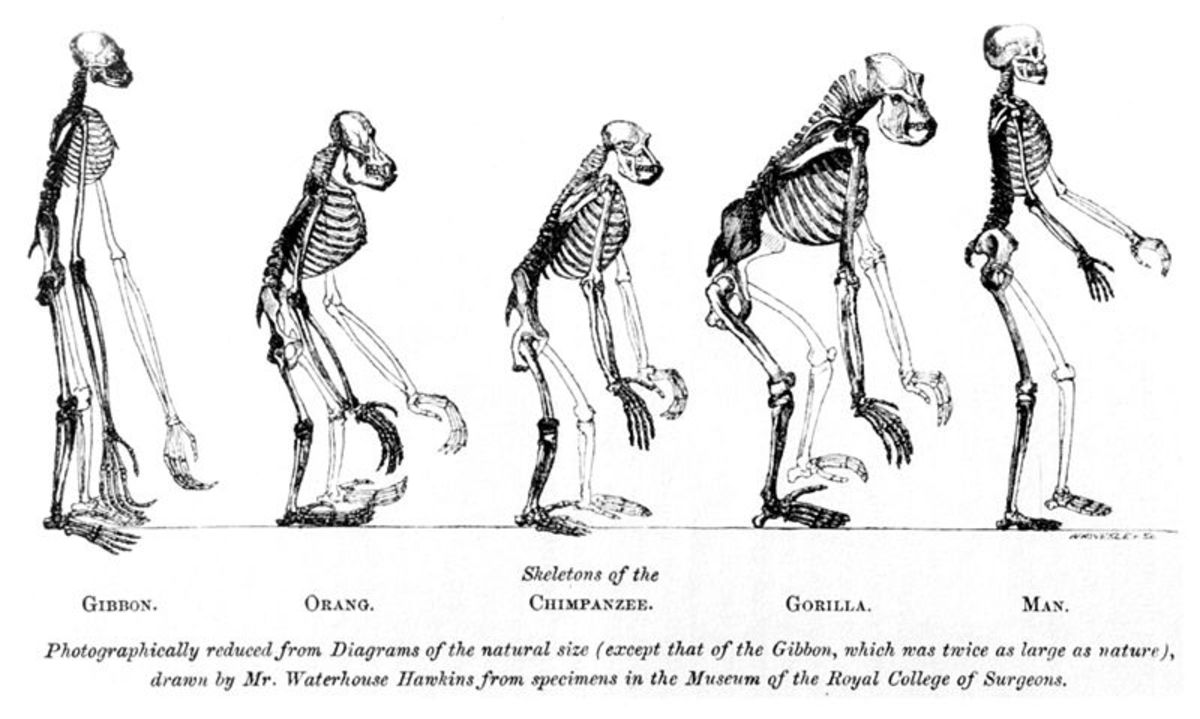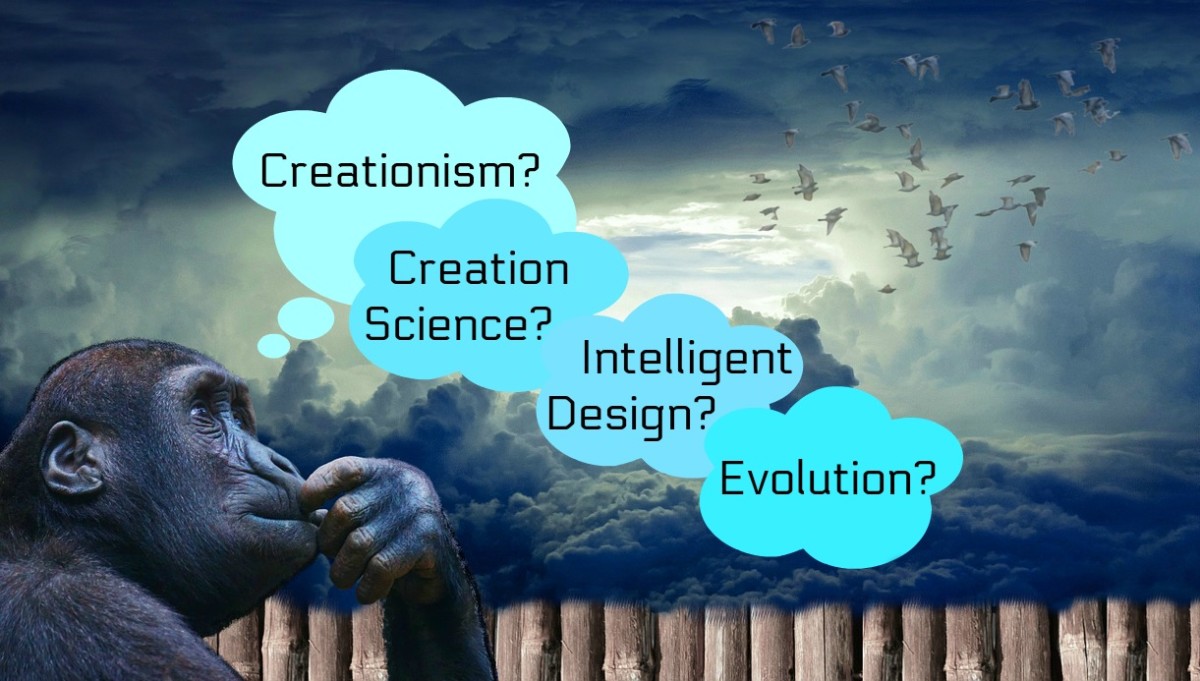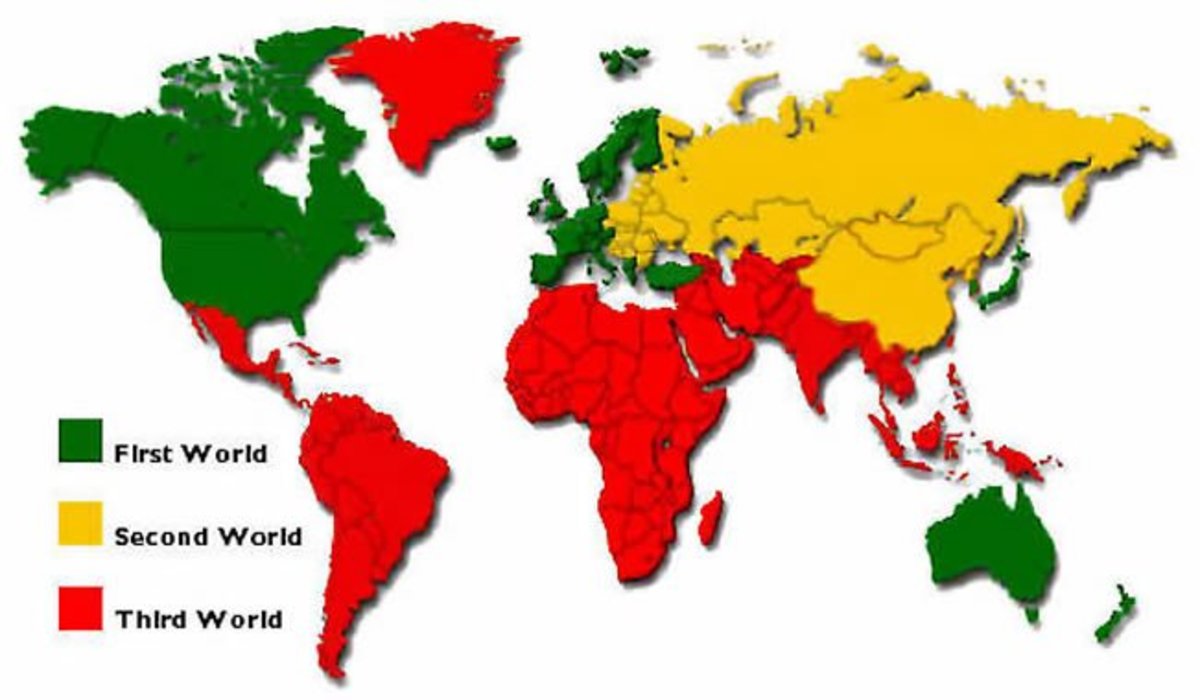Charles Darwin And The Theory Of Evolution
Charles Robert Darwin
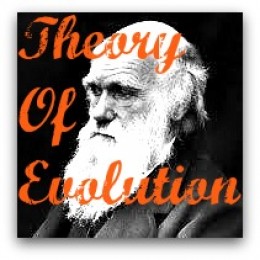
The Theory Of Evolution
There had been countless controversies throughout history. But none could outwit and outlast that of Charles Darwin and his "Theory of Evolution". Charles Darwin’s "Theory of Evolution" is actually not specifically about evolution of species, but a detailed empirical study of nature. Another fact about this theory of evolution is that Charles Darwin was not the only person who expounded this theory. There had been other scientists and naturalists who had introduced such idea.
Charles Darwin came from a lineage of eminent scholars, amongst who was his grandfather, Erasmus Darwin, a natural philosopher and physiologist. Erasmus Darwin had also commented on this theory of evolution even during his times. What is this “Theory of Evolution”? It is merely a scholastic treatise on the natural process of nature. For an average person, by mere observing nature carefully, it will be obvious that there is this natural process of life and death and natural survival instinct in all living creatures and even plants. The strong will devour the weak. Even within the same species, the stronger ones survive, while the weaker ones perish. Charles Darwin went a step further when he found that there was this gradual process of “natural selection” in nature. He observed that all animals and plants, over long periods of time, slowly evolved and adapt to changing environment in order to survive. Through this long and gradual process of change and adaptation, species transformed into different forms and shapes. In this manner, they were able to survive better in their new environment. For this gradual natural process of change and adaptation, Charles Darwin presented “The Theory of Evolution”. And this “Theory of Evolution” created a new revolution in religion, science and society.
Charles Robert Darwin
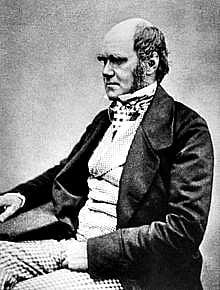
The Life Of Charles Darwin
As I wrote earlier, Charles Darwin came from a lineage of eminent scholars. Charles Robert Darwin was born in Shrewsbury, England, on 12 February, 1809. His father was Robert Darwin who was a medical doctor. Charles Darwin’s mother, Susannah Wedgwood was also from a very prominent business family. You guessed it right. She was the daughter of Josiah Wedgwood, the owner of the world renowned Wedgwood pottery company. Charles Darwin’s grandfather, Erasmus Darwin (1731 – 1802) was even more famous. Erasmus Darwin was known for his “outrageous” ideas and “new-age” thinking. Erasmus Darwin was also a medical doctor. His “outrageous and new-age” ideas included “air travel”, “submarine exploration” and “evolution”. He was also a natural philosopher, physiologist, slave-trade abolitionist, inventor and poet. Erasmus Darwin even turned down the invitation to be a physician to the king of England!
So we could safely conclude that Charles Darwin had inherited all the brilliant genes of his ancestors. Not surprisingly, in 1825, Charles Darwin attended medical school at the Edinburgh Medical School. However, after three years studying medicine, he gave up to the utter displeasure of his father, who subsequently sent him to enroll in Bible studies at Cambridge University. In 1831, Charles Darwin graduated with a Bachelor of Arts degree. During his years at Cambridge University, Charles Darwin befriended two eminent professors. They were geologist Adam Sedgewick and botanist John Henslow. Later it was John Henslow who recommended Charles Darwin to Captain Robert Fitzroy for his round the world survey expedition.
Charles Darwin began his historic round-the-world journey on 27 December, 1831. He set sail on the 235-ton, 90-foot, HMS Beagle, with Captain Fitzroy, as a “naturalist” to survey the world and its natural surroundings, which would eventually take him five years to complete the journey. Finally, the HMS Beagle returned home to dock at Falmouth on 2 October, 1836.
Charles Darwin married his cousin, Emma Wedgwood in 1838. They then moved to live in Down House, near Bromley in Kent. From there, Charles Darwin concentrated on his research and writings until his demise on 19 April, 1882.
Charles Darwin’s Voyage Of Discovery
The HMS Beagle set sail on 27 December, 1831. It sailed south and then southwest crossing the Atlantic Ocean, and cruised the east coast of South America, and further southward to round Cape Horn and northbound along the west coast of South America, arriving at the equatorial islands of the Galapagos.
From the Galapagos Islands, the HMS Beagle crossed the wide expanse of the Pacific Ocean arriving at New Zealand, sailed along the south coast of Australia. From there, the HMS Beagle sailed across the Indian Ocean towards the southern tip of Africa, passed the Cape of Good Hope, and journeyed further westward to Brazil again. Then the HMS Beagle took its final journey north-eastward from Brazil, crossing the Atlantic Ocean again to arrive at its homebase at Falmouth, England, on 2 October. 1836. Thus completing its world journey in five years.
Throughout the 5-year journey, Charles Darwin painstakingly observed, studied, investigated, collected and collated a vast amount of plant and animal specimens. This huge collection of information eventually was to formulate Charles Darwin’s ideas and thinking about evolution of species.
HMS Beagle's Journey Round The World
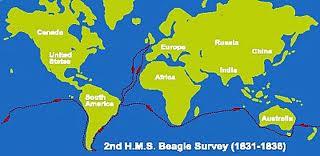
Charles Darwin’s Research, Discovery And Publication
Let us examine some of the salient points that Charles Darwin discovered during his world voyage of survey and discovery. Charles Darwin investigated the structure of rock formation. He discovered that fossils buried deep under the rock layers appeared to be very unfamiliar, while those fossils under the upper layers of the rocks appeared to be similar to his present environment. During his stay in the Galapagos Islands, Darwin was fascinated with those strange plants, birds and animals which he did not see anywhere during his voyage. Two special observations he made were on the birds and the giant tortoises. It seemed that different variations of the same species of birds grouped themselves together and lives separately in the 13 different islands of the Galapagos. Likewise the giant tortoises had different shapes of shell depending on the specific island that they lived.
It would take another three years in 1839 for Charles Darwin to publish his comprehensive findings from his world survey. His publication took the long title, typical of academic researches and treatises, as the “Journal of Researches into the Natural History and Geology of the Countries visited during the Voyage round the World of HMS Beagle”. This publication was to become a best seller which made Charles Darwin famous within the scientific fraternity. This publication was not the official “Theory of Evolution” of Charles Darwin. However, being a member of the Royal Society, Darwin became a respected scientist as well as author.
All those years, Charles Darwin was procrastinating on his decision to publish his masterpiece. This might be, being apprehensive of a backlash from the conservatives, especially from the Churches. It was to be another 20 years that certain events led to Darwin’s final decision to publish his shocking “Theory of Evolution”. On one occasion, a fellow naturalist by the name of Alfred Russel Wallace communicated with Darwin, sharing similar ideas about natural selection and evolution. Wallace was at that time working in Malaya and Borneo, the two Southeast Asian countries.
On 1 July, 1858, both Darwin and Wallace jointly announced their respective findings at the Linnean Society. Subsequently, on 22 November, 1859, Darwin published his now infamous book entitled “On the origin of species by means of natural selection, or the preservation of favoured races in the struggle for life”. A total of 1250 copies were printed, and were abruptly snapped up by members of the scientific fraternity. (For the sixth edition of 1872, the long title was shortened to "The Origin of Species".)
The first to condemn Charles Darwin’s writings were, not surprisingly, from the Church communities. This was understandable as Darwin’s “Theory of Evolution” undermined the fundamental Christian belief that God was perfect and all his creations were perfect as well. How could creatures be able to evolve by themselves when they were created by God, they questioned. Darwin’s “Theory of Evolution” thereby posed a direct threat to and rejection of the prevailing Christian orthodoxy.
Being an intellect and a non-conformist, Charles Darwin simply ignored the hue and cry of those “little minds”, and continued to concentrate on his research and writings, until his death on 19 April, 1882 at the age of 73. Following his death, Darwin’s colleagues requested that he be given an honorable recognition by the state. And after a public and parliamentary petitioning, Charles Darwin was accorded a state funeral. Charles Robert Darwin was laid to rest at the Westminster Abbey, near the eminent physicist and mathematician, Sir Isaac Newton.
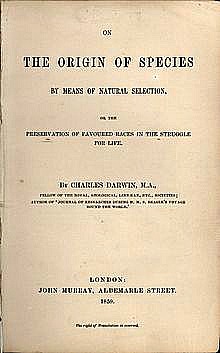
Darwin’s Theory Of Evolution
Darwin’s “Theory of Evolution” was actually the study of natural history, on how plants, animals, birds and other creatures around the world survived through the ages of time. Contrary to popular belief, Darwin’s “Theory of Evolution” was not about the origin of humans. It was nothing like those portrayed by the familiar poster drawings of apes evolving into humans. It was sheer misinterpretation of the common public that Charles Darwin expounded the theory of human evolution. The closest Darwin had commented on this idea of human evolution was his subtle statement that “light will be thrown on the origin of man and his history".
Let us examine what Darwin postulated in his “Theory of Evolution and Origin of Species”. In all things in nature; plants, animals, birds and all other creatures evolved through the very long passage of time. In the very long process, nature accommodated the natural selection, the weak would perish and the stronger species would continue to adapt, change and survive. In the end, only the fittest would survive. In point form, Darwin’s “Theory of Evolution and Origin of Species” evolves as such:
Reproduction : Parents of different species reproduce offsprings similar to themselves.
Too Many Young Offsprings : Not all the offsprings will survive.
Variations : All the offsrpings are not exactly the same.
Natural Selection : In order to survive, species are able to adapt to changing environment by developing special features, over a long period of time.
Inheritance : Over this long period of time, species with special features become more dominant and common, gradually transforming the character of the species.
Origin of Species : Species equipped with special features are able to survive over time, while the weaker species which cannot adapt and change to the demanding environment simply perish and exterminated. The environment will continue to change, and the species will continue to evolve with relevant changes to their physical forms to survive another cycle of evolution.
Latest Theory Of “Fits And Starts”
Darwin’s “Theory of Evolution” assumes a continuous process of evolution, albeit a very slow process over long period of time. In 1970, a fresh theory was postulated which was slightly different from Darwin’s theory of continuous evolution. It was called the “Theory of fits and starts”. Briefly, this “Theory of fits and starts” portrays species to stay the same for a very long period of time. Then there will be a sudden burst of the evolution process over a relatively short period of time. After that, there will again remain a prolonged period of stability, before another fits of change taking place. This theory is also referred to as the “Theory of punctuated equilibrium”.
This Is My Personal Opinion
This is my personal opinion. I don't have to be an "Einstein" to observe objectively the workings of nature. I have written so many times in my other articles about the real nature of existence. We just need to open our eyes and SEE. Everything in this world is subject to change. The only constant in this world is change; continuous change. We age continuously, and finally we die. We adapt to changes to survive. So are the myriads of living things. Everything evolves through time. Those who or which cannot adapt and evolve, simply perish. The survival of the fittest. This is Darwin's "Theory of Evolution". Charles Darwin was simply pointing out this simple truth of existence.
I find the theory of "fits and starts" very fascinating and realistic. I have lived a good part of my life, and I can relate to this "fits and starts". For certain periods of my life, things seemed to be at status quo. Then out of a sudden, my life seemed to be changing during short periods. When one is getting older and aging, this theory is so real, especially in terms of health. For long period, one may be enjoying good health, then out of a sudden, health problems appear, and the poor haggard body has to adapt to the changes. Although the theory of "fits and starts" refers to long periods of evolution, it is also true for one short life.
Copyright © Justin Choo. All Rights Reserved.
What Is Your Opinion
Do you agree with Darwin's Theory of Evolution?
Charles Darwin ( The Man Who Changed The World )
Link To My Other Interesting And Beneficial Articles
If you find this article interesting or beneficial, you may go to my "Profile" page to read my other articles by simply CLICKHERE:
By the way, the copyright to this article is owned by Justin Choo (a.k.a. Good Guy). Please do not “copy and paste”! Thank you.


